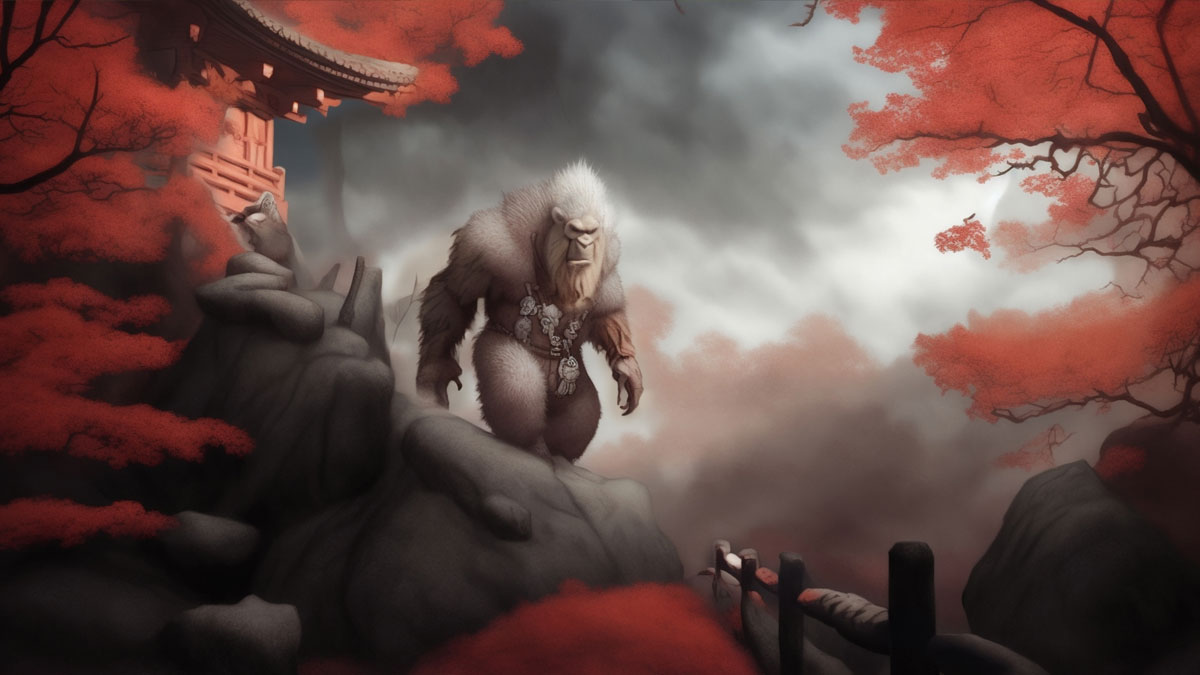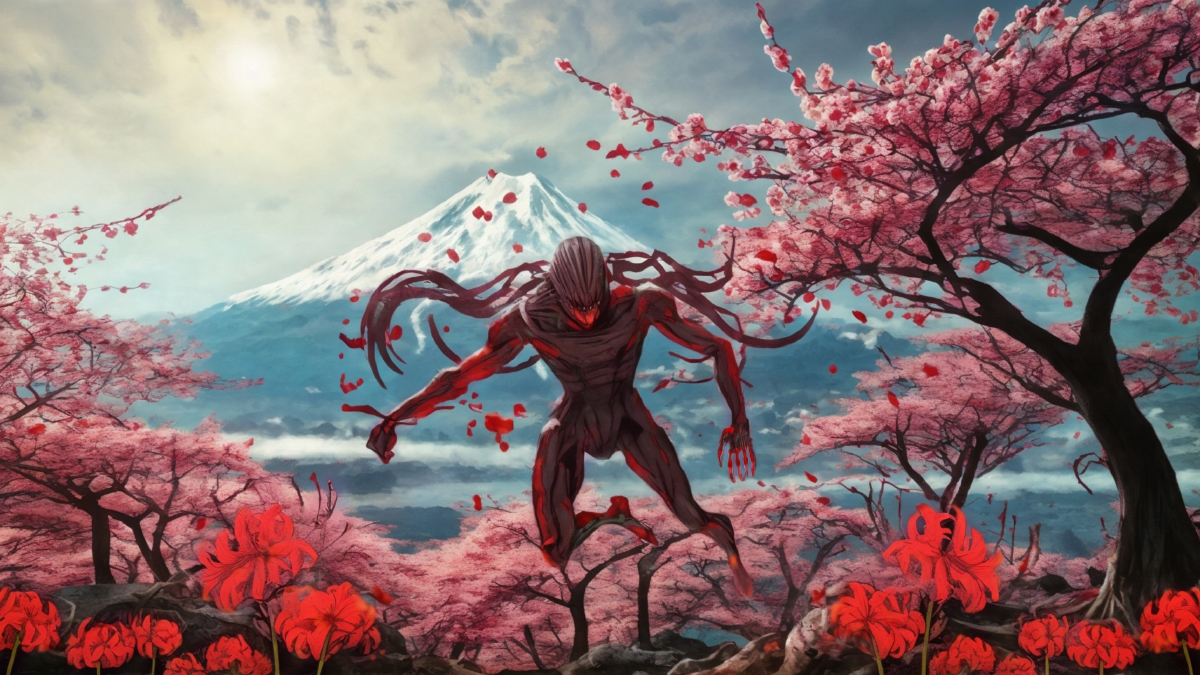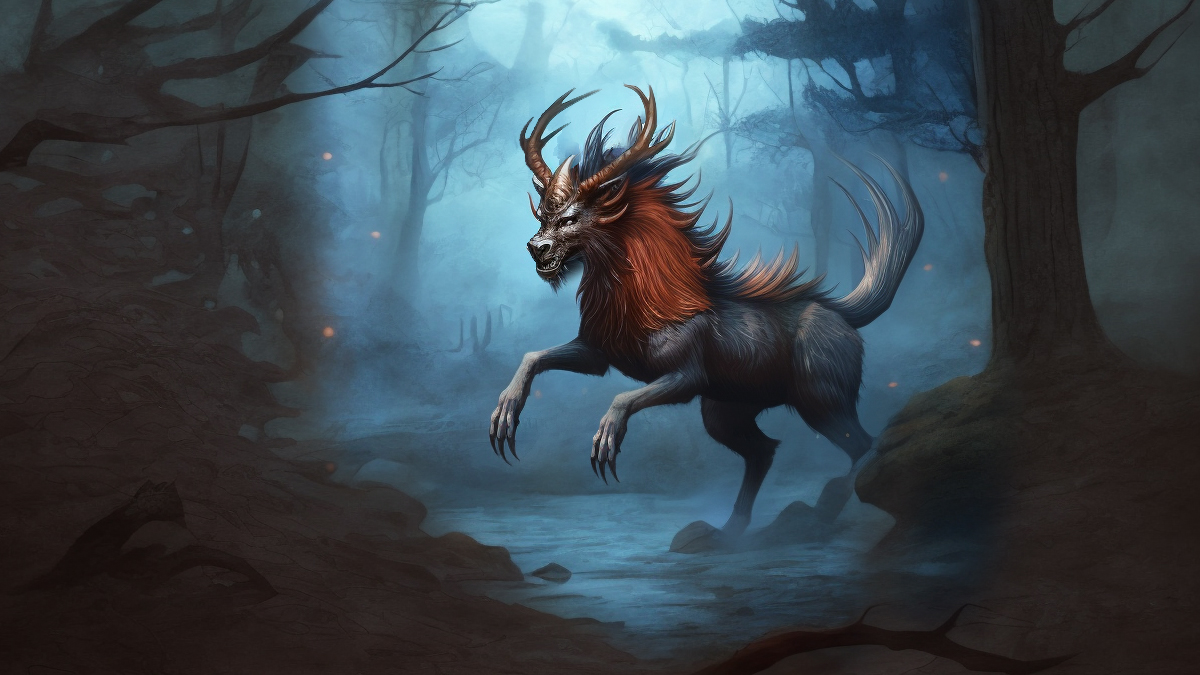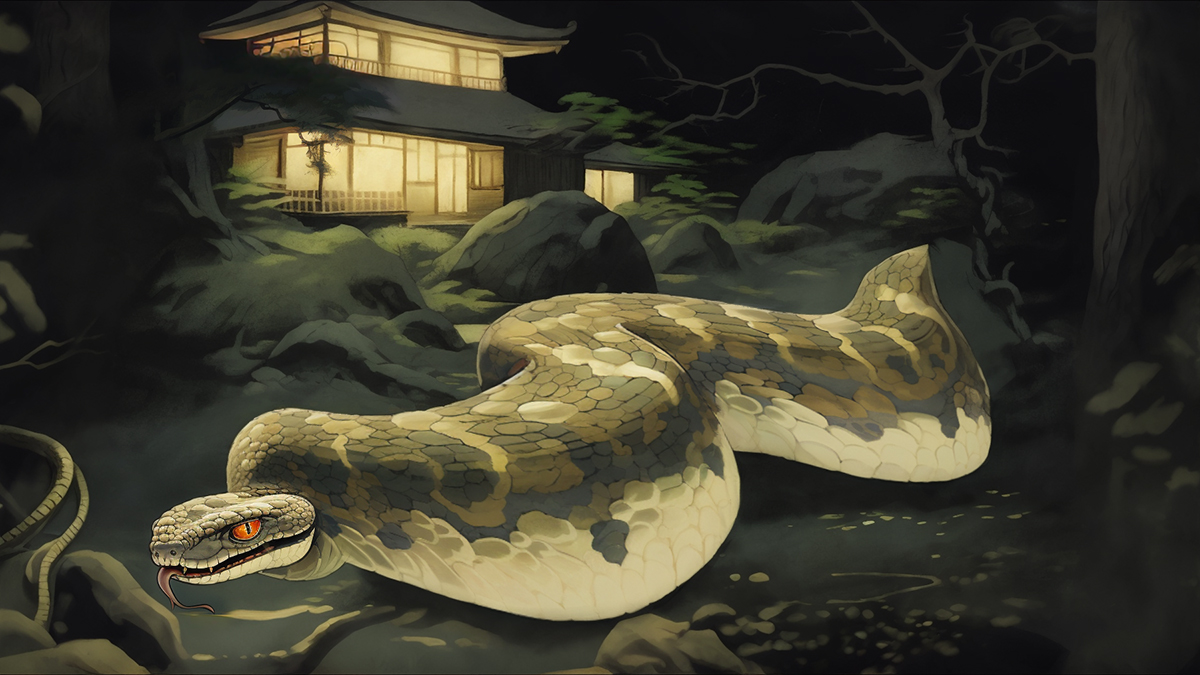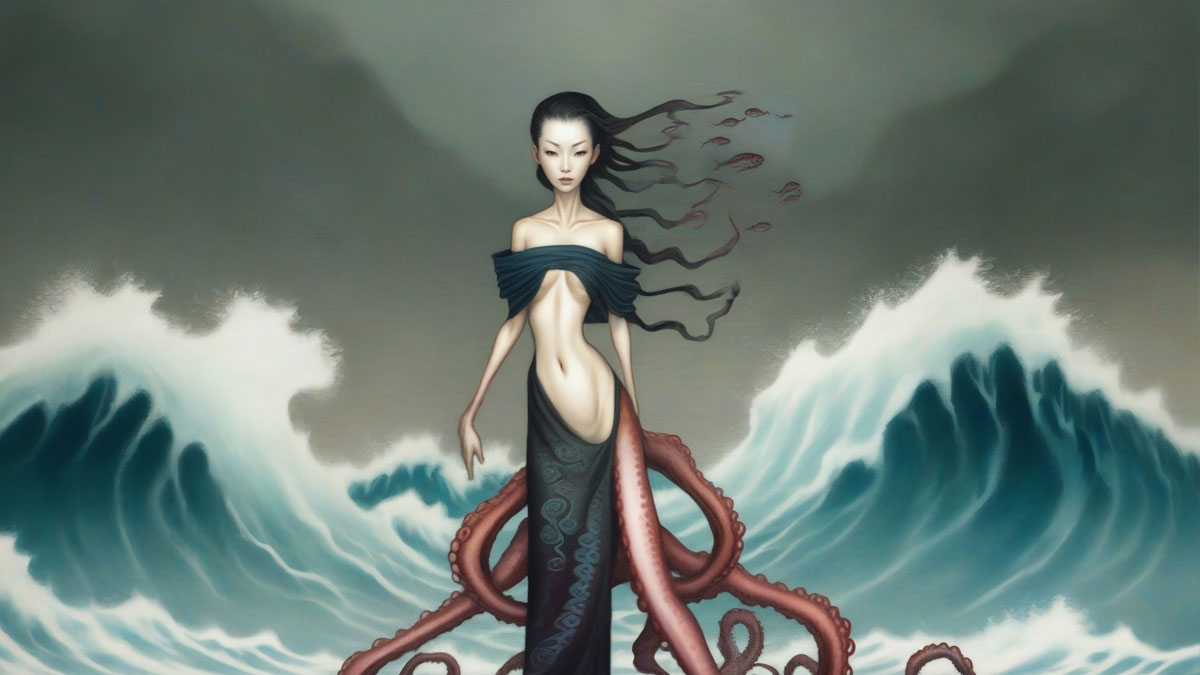Hibagon
The Hibagon is a Bigfoot-like cryptid from Japanese folklore. Cryptozoologists often describe it as the Japanese version of the Tibetan Yeti. The first reports of the creature in the 1970s came from the slopes of Mount Hiba around Saijo and Hiwa in the Hiba District and Shobara in the Hiroshima Prefecture, Japan. Local folklore claims … Read more
